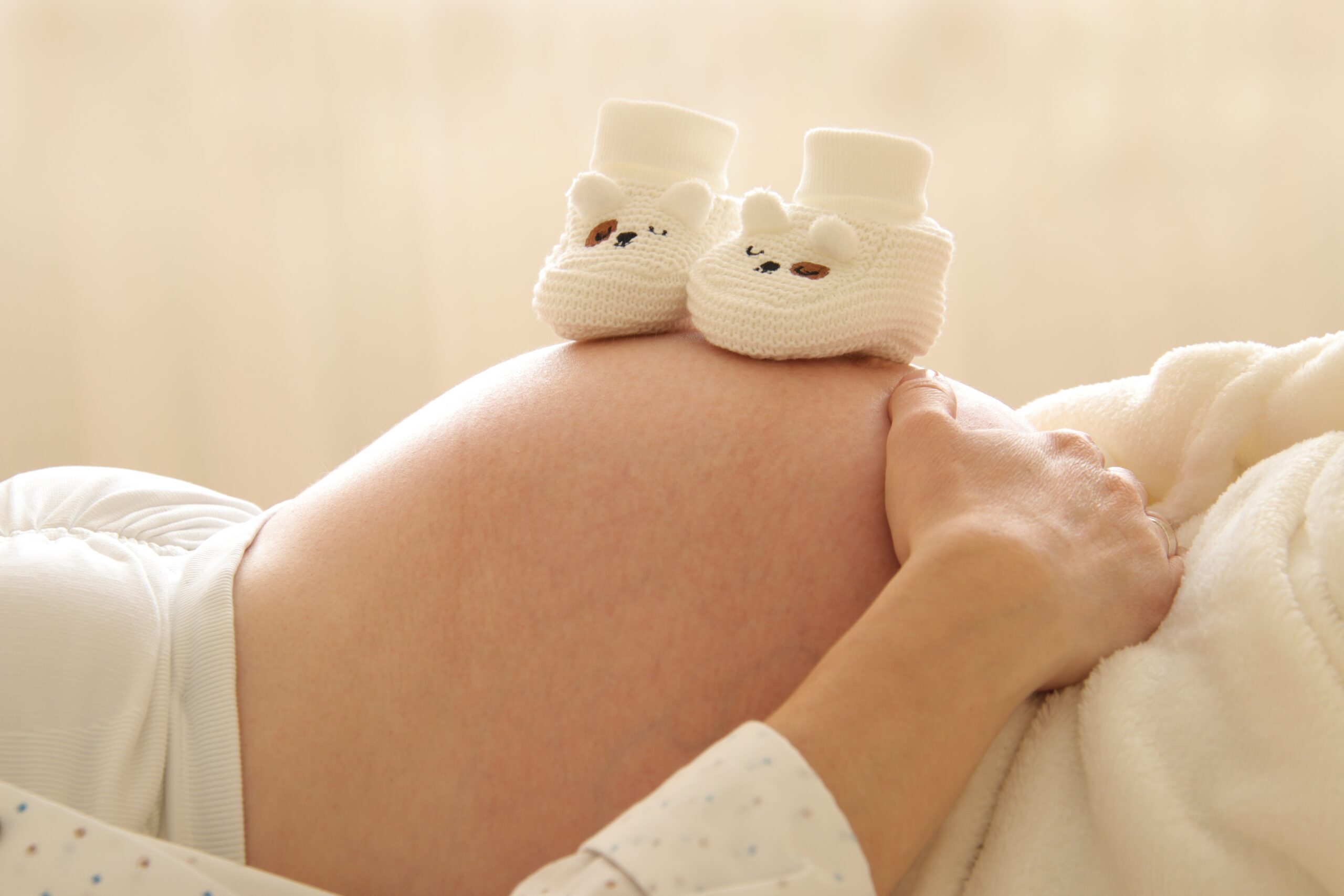Labour normally starts naturally any time between 37 and 42 weeks of pregnancy. The cervix softens and starts to open, you will get contractions, and your waters break. In natural labour, the contractions build up slowly, but in medical induced labour they can start more quickly and be stronger. Therefore, an medical induced labour can be more painful than a natural labour.
What is an medical induction of labor?
Medical induction of labor may be necessary for pregnant women who have preeclampsia, diabetes, or heart disease. It may be necessary for the fetus if there is a fetal abnormality,Rh incompatibility, infection, rupture of membranes, placental insufficiency, or postmaturity. The most common medical induction methods are as follows:
- Sweeping the membranes.
- Artificial Rupture of the Membranes (ARM).
- Use of prostaglandins (PEG2) gel applied to the cervix.
- Intravenous synthetic oxytocin (syntocinon).
What is acupuncture for natural labour induction?
Most pregnant women wish to take fewer medicines during pregnancy and labour. Acupuncture for labour induction has been used since the Jin Dynasty (265-420 CE) in China. Acupuncture is a relatively painless, safe, and nonpharmaceutical approach to inducing labor.
It is recommended to begin acupuncture from around 34-36 weeks to help prepare for birth. This treatment approach entails weekly treatments geared toward a relaxed, healthy body and mind that is balanced to create the right conditions to enable labour to occur naturally and without intervention. The benefits of acupuncture at the last stage of pregnancy are as follows:
- Regulating the mothers Qi (energy), Blood, Yin and Yang prior to delivery.
- Improving cervical maturity.
- Correct positioning of the baby.
- Increasing energy levels.
- Decreasing stress levels.
Here are some more tips to maximise your chances of going into labour naturally!
- Sex: Semen is a natural source of prostaglandins – the very same stuff that is in the gel your obstetrician might use to induce you if overdue.
- Nipple stimulation: gentle rubbing or rolling of the nipple can bring on uterine contractions.
- Exercise: gently bouncing on an exercise ball encourages baby to move down and in turn assist with cervix dilation; walking up stairs or hills around the block is good to get your pelvis moving. But make sure you rest enough to save energy for labour.
- Raspberry leaf tea: contains fragarine, a plant compound that helps tone and tighten muscle of uterus. It helps labour progress at a steady pace rather than speed up labour.
- Castor oil: castor oil is a laxative, it does cause uterine irritation or contractions. As the bowels and uterus are supplied by the same nerves, anything that stimulates the bowels will naturally stimulate the uterus into action. But over consumption often induces GI upset and diarrhea.
At B&Q Acupuncture, we provide calming atmosphere, dim lighting and soothing music to relax your body and mind. Our experienced acupuncturists will fully explained the different steps of acupuncture treatment for labour induction. Our patients will also obtain some acupressure techniques to continue at home to enhance treatment results and to help you through painful contractions.
If you are interested in having acupuncture for your final stage of pregnancy, please contact our clinic (08)6111 5027 or email info@bqacupuncture.com.au. We are looking forward to supporting you.

